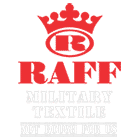The Transformation of Military Uniforms from Past to Future
Uniforms have always been more important than other clothes, at all times from the past to the present, because you can’t consider them as ordinary clothes, you can’t just buy them and wear them, and most importantly, you don’t get a uniform with money, you have to earn it.
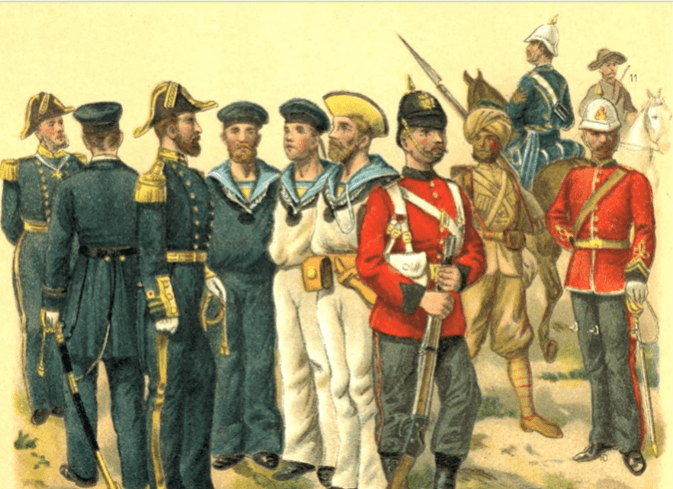
Today we would like to tell you the story of the centuries-old uniform culture.
Military uniforms have always been more than just pieces of clothing. Each one represents a rank and a story. Imagine such a design that represents centuries of courage, valor, discipline and personality. Each stitch, each shade of color and all the different designs offer a glimpse into the past, a history woven into the fabric of time.
Imagine warriors in the early ages, dressed in tribal clothing or animal skins, carrying simple weapons and a spirit of survival. Come to the Middle Ages, you can see traces of this in the armor of knights. Each experience influenced the next design.
As we move into the new era, we see the red jackets of the British Empire, a symbol of global power, and camouflage, a symbol of modern warfare. This new design was not just about aesthetic appeal to the eye, it was about technological changes, tactics, social norms and global geopolitics of the time.
The Birth of Military Uniforms
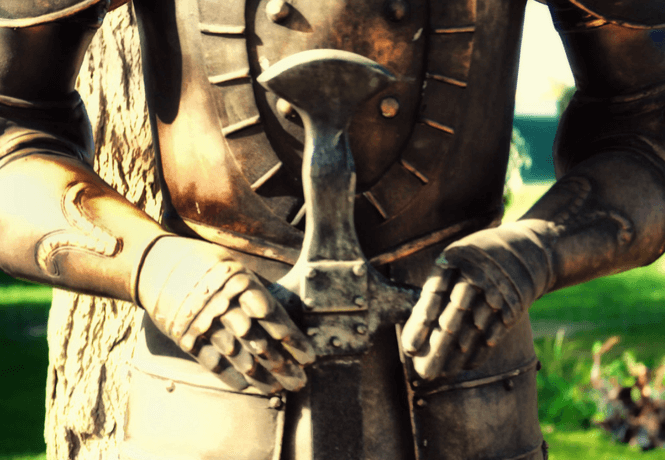
As for how the culture that will last for centuries was born, first of all, we can say that this culture emerged in ancient times when the designs were quite simple. The Romans, one of the great powers of the time, used thin tunics and sandals. The Greeks had leather skirts and bronze helmets.
Then, as now, uniforms were not only used for protection, but also signified rank, type of unit and nationality. Roman generals, for example, wore red cloaks to stand out on the battlefield, leading to rank and hierarchy being reflected in the designs.
As we move to medieval Europe, the designs became a little more flamboyant. Knights began to wear armor, which was the highest form of protection that uniforms could offer. Of course, armor was not only protective clothing but also status symbols. While kings and nobles wore ornate, gilded armor, lower-ranking soldiers had access to simpler armor.
Military Elegance and the Rise of Iconic Styles
In the 18th and 19th centuries, we begin to see that military uniforms took on a completely different purpose. This time they were not only designed for protection or identification, but also for style.
The British Redcoats were instantly recognizable by their bright jackets and white trousers. Their French counterparts wore royal blue and white. The term “Redcoats” here refers specifically to British infantry soldiers; cavalry and other troops wore different colors.
These striking outfits actually signaled a change: as warfare evolved, flashy, shiny uniforms made soldiers easy targets, and fashion succumbed to the original purpose of uniforms. Through a process of trial and error, uniforms became plainer, with a focus on earth tones and tactical designs.
Camouflage and Tactical Innovation
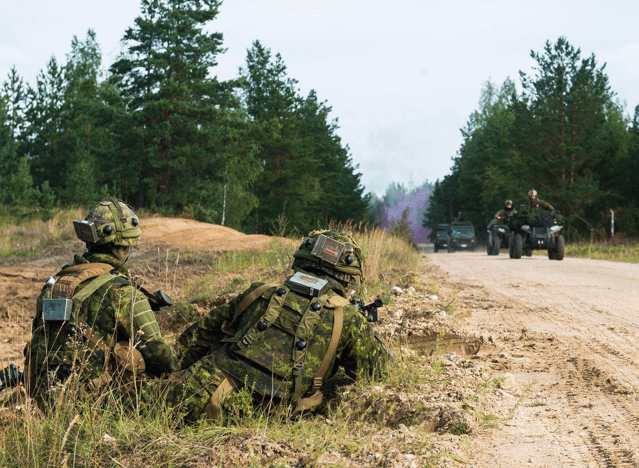
In the 20th century, military uniforms changed significantly with the advent of both World Wars. It was now understood that uniforms should not attract attention, but rather blend in with the environment.
This gave birth to camouflage, which is still in use today. Soldiers now wore uniforms with colors and patterns designed to blend in with the environment, a crucial tactic in modern warfare.
After seeing the positive effects of camouflage, the armies of the time decided to increase the tactical aspects of uniforms, and the available technological advances were quite favorable for this. With the advent of bulletproof vests and helmets, materials to protect soldiers from chemical and biological threats, and even equipment designed for specific climates, a whole new era of uniforms began.
High-Tech Combat Equipment
Yes, we have finally arrived in the 21st century, the present day! We think we have explained in a good way how big differences there are between today’s military uniforms and the tunics and sandals of ancient times, and how uniforms have evolved into what they are today.
Modern military uniforms include night-vision goggles, body armor and special suits that track a soldier’s vital signs. Uniforms are no longer designed just for protection or identification, but to give soldiers every possible advantage on the battlefield.
Technology has provided manufacturers with tools that not only enhance visual appeal but also enable the production of crucial equipment that protects soldiers from ballistic attacks, such as body armor and plates that can withstand bullets and shrapnel. Some designs even include cooling systems to help soldiers in hot climates. Imagine wearing air-conditioned armor in the sweltering desert heat.
Threads of Time, Braids of Valor
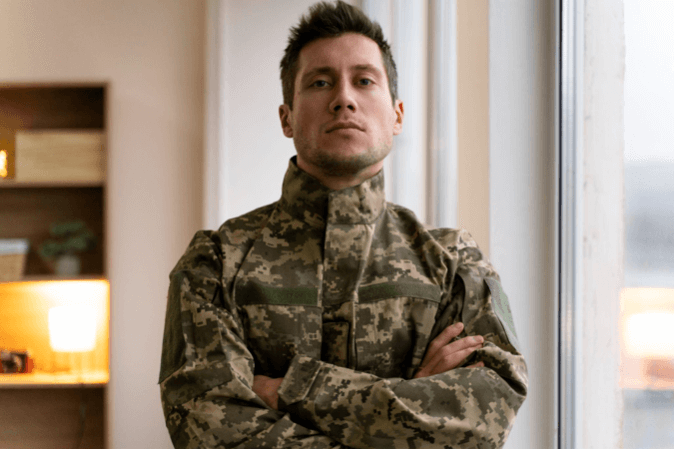
Every stitch, every pattern and every evolution of military uniforms has been a response to changing times, a testament to human resilience and innovation.
From the imposing red of the Roman general’s cloak to the digital camouflage of modern troops, military uniforms have served as an expression of identity, a badge of honor and a symbol of commitment to duty. As we move into the future, these uniforms will continue to evolve and change, bearing witness to the changing face of war and reflecting the courage and determination of soldiers.
Even if the uniforms change, one thing remains the same: the spirit of the brave people who wear them, ready to serve and protect!
